Blog
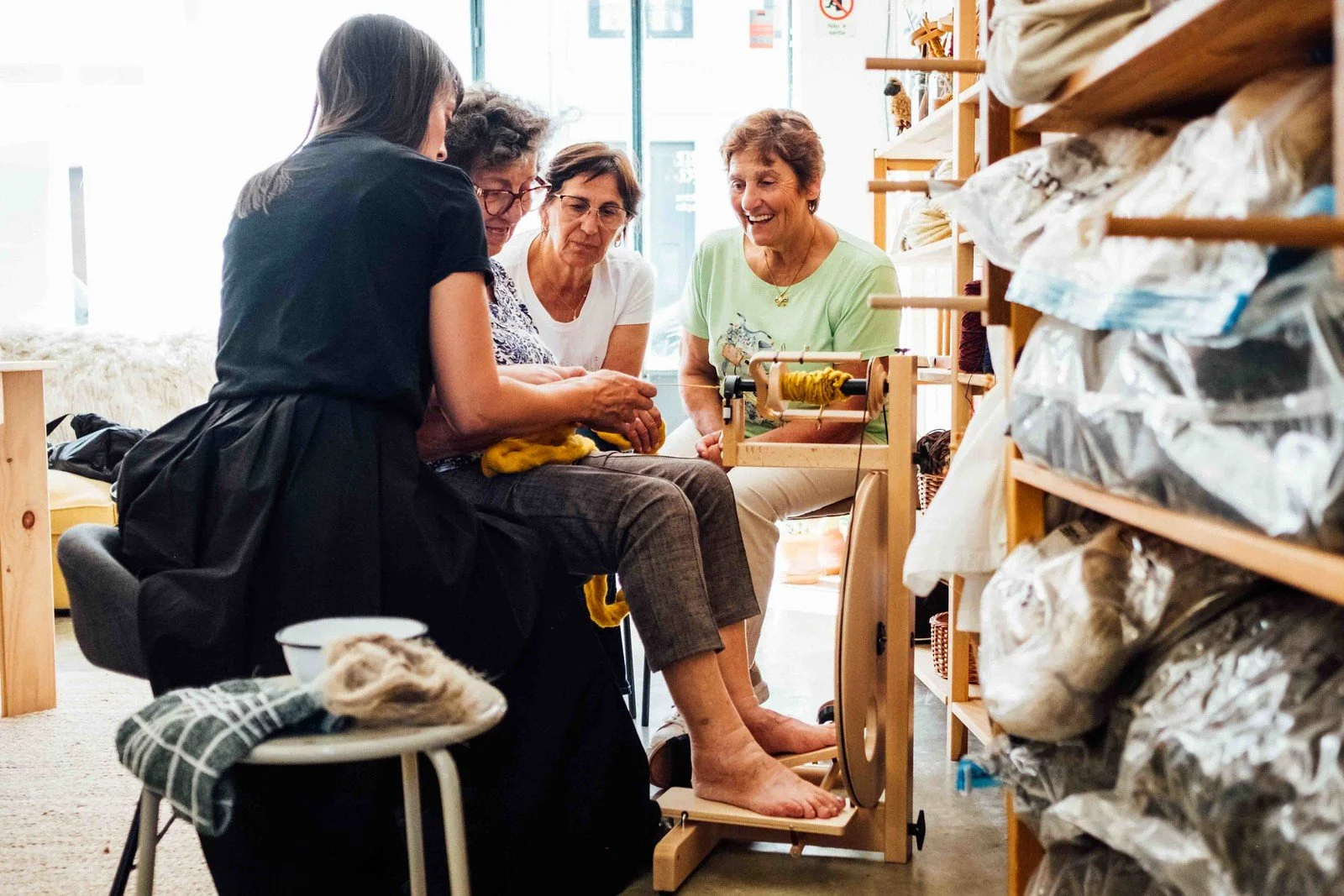
Linen and the group of Senhora do Monte
These lovely ladies are Elvira, Helena and Fátima, and they are part of the Santa Maria do Monte women's group in the municipality of Arouca. Last week, they came to Saber Fazer to learn how to use their new spinning wheel, which will help them spin the linen they produced this year.
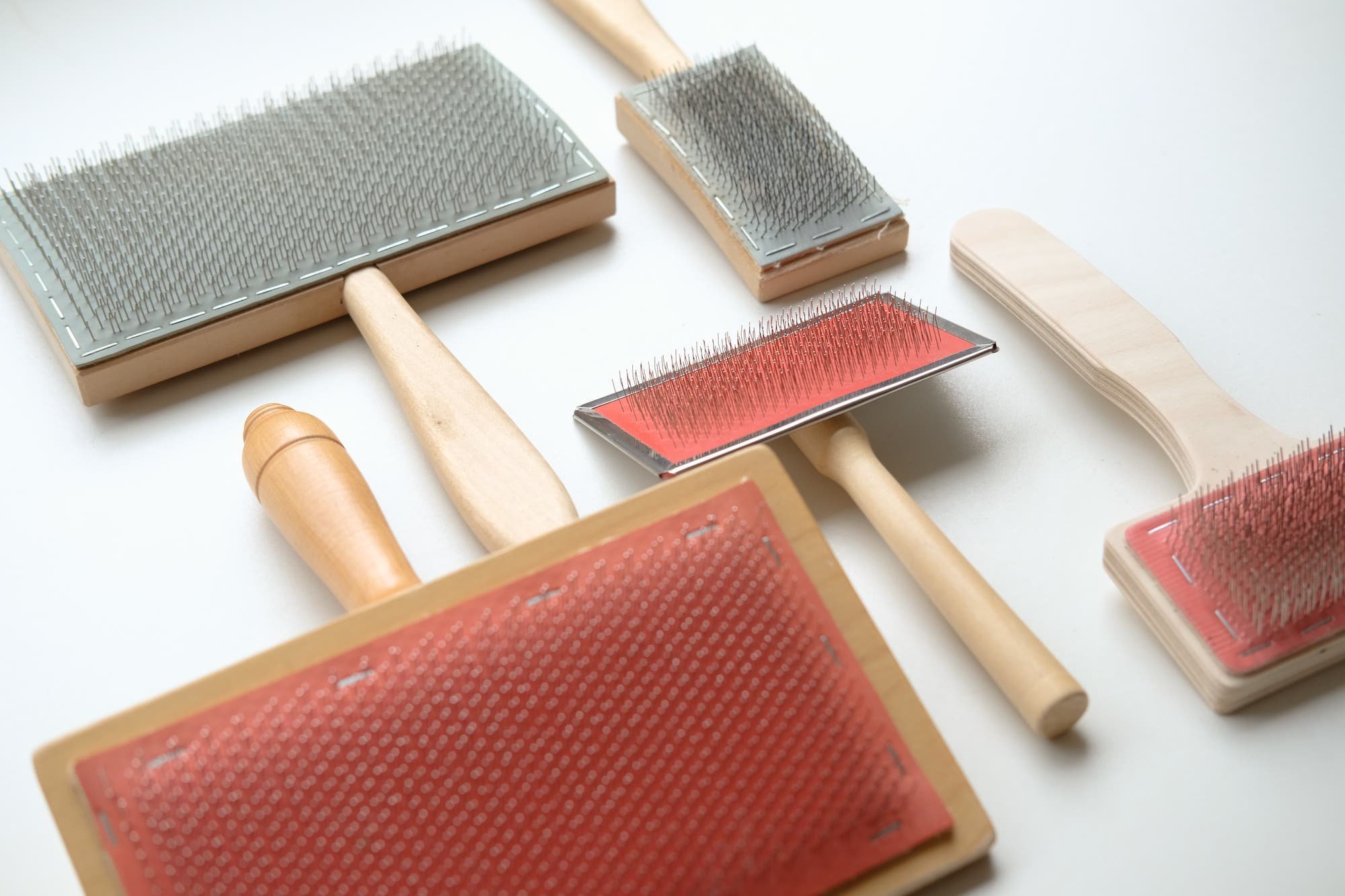
Handcards, drumcarders and more: a short guide
Here's a short guide to help you choose cards, carders and other similar tools. Nowadays there are many options on the market when it comes to equipment for carding or blending fibers, so it's useful to know a few things before selecting the equipment you need.
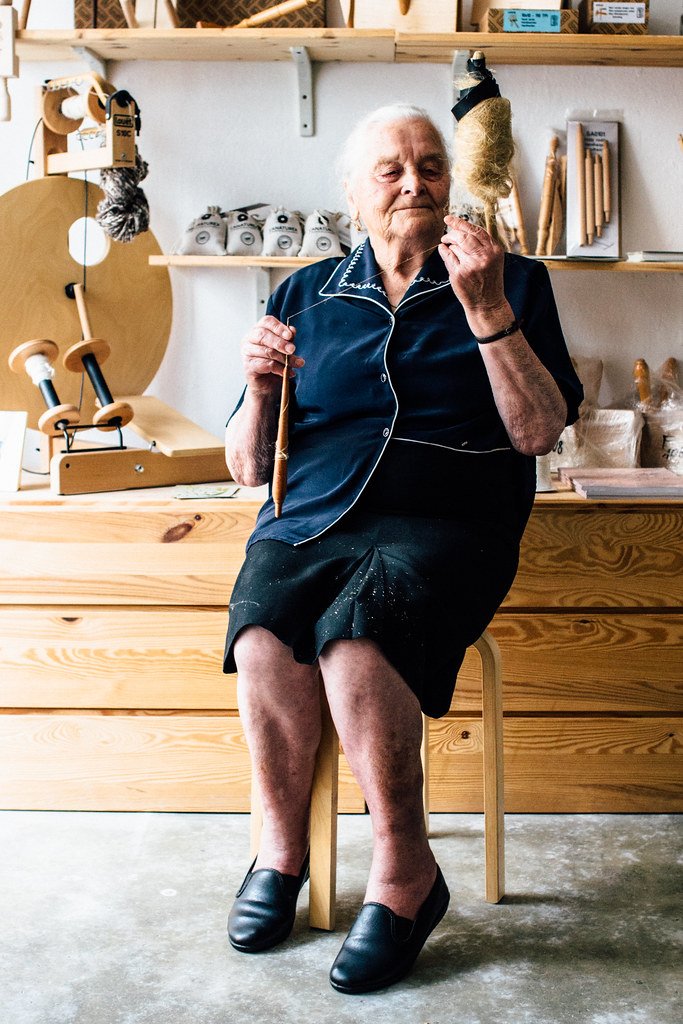
Once a spinner, forever a spinner
A real “If you build it, they will come” moment.
There was a time when I was the one chasing them, now they're the ones coming here.
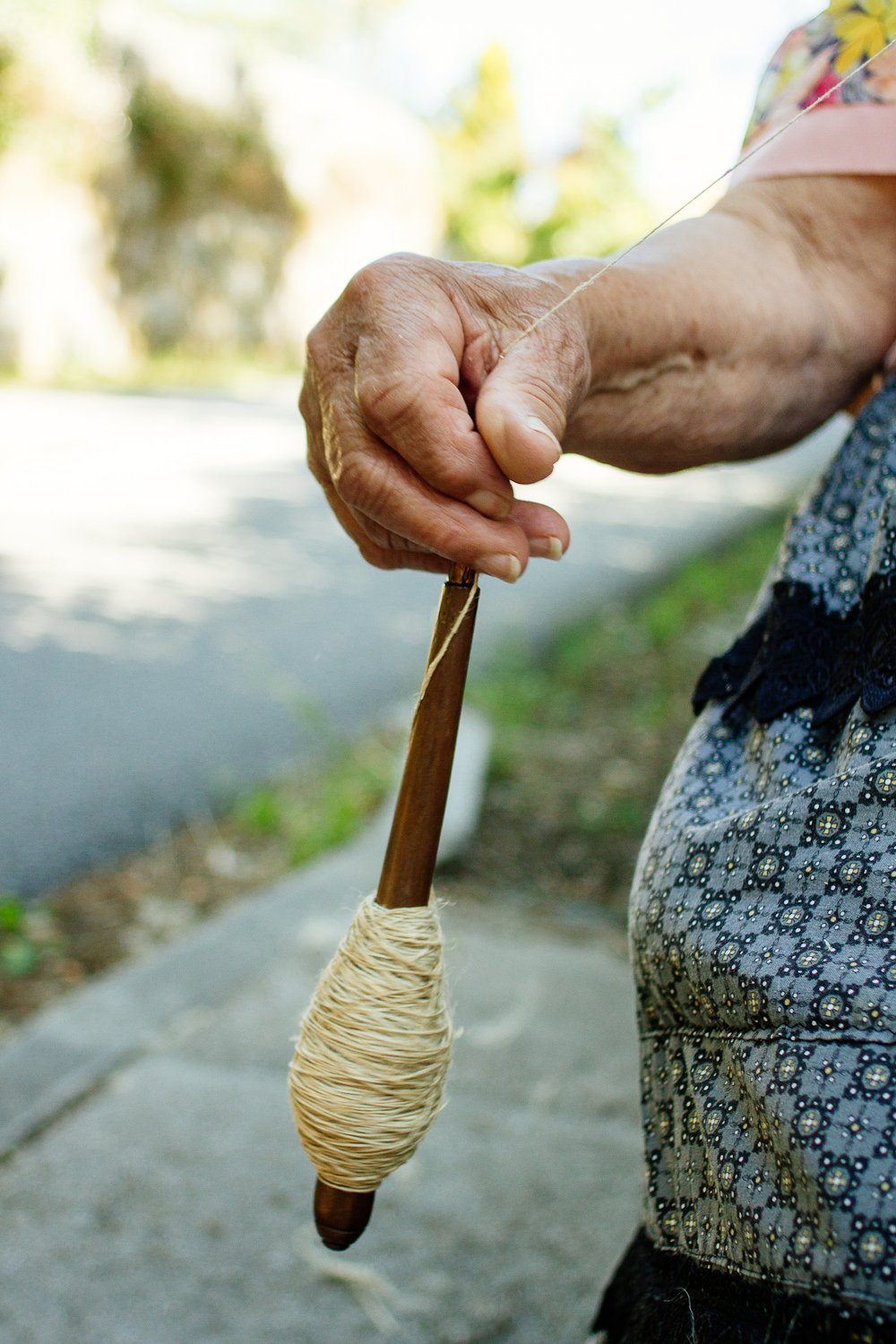
Spinning with a Portuguese spindle
I've been meaning to write this post for a while now. Nothing too complex, just a simple collection of different ladies I have encountered through my learning process and research, spinning with the type of spindle that is more commonly found in Portugal, but unusual in other countries. My idea is just to show you some similarities and differences present in their techniques.
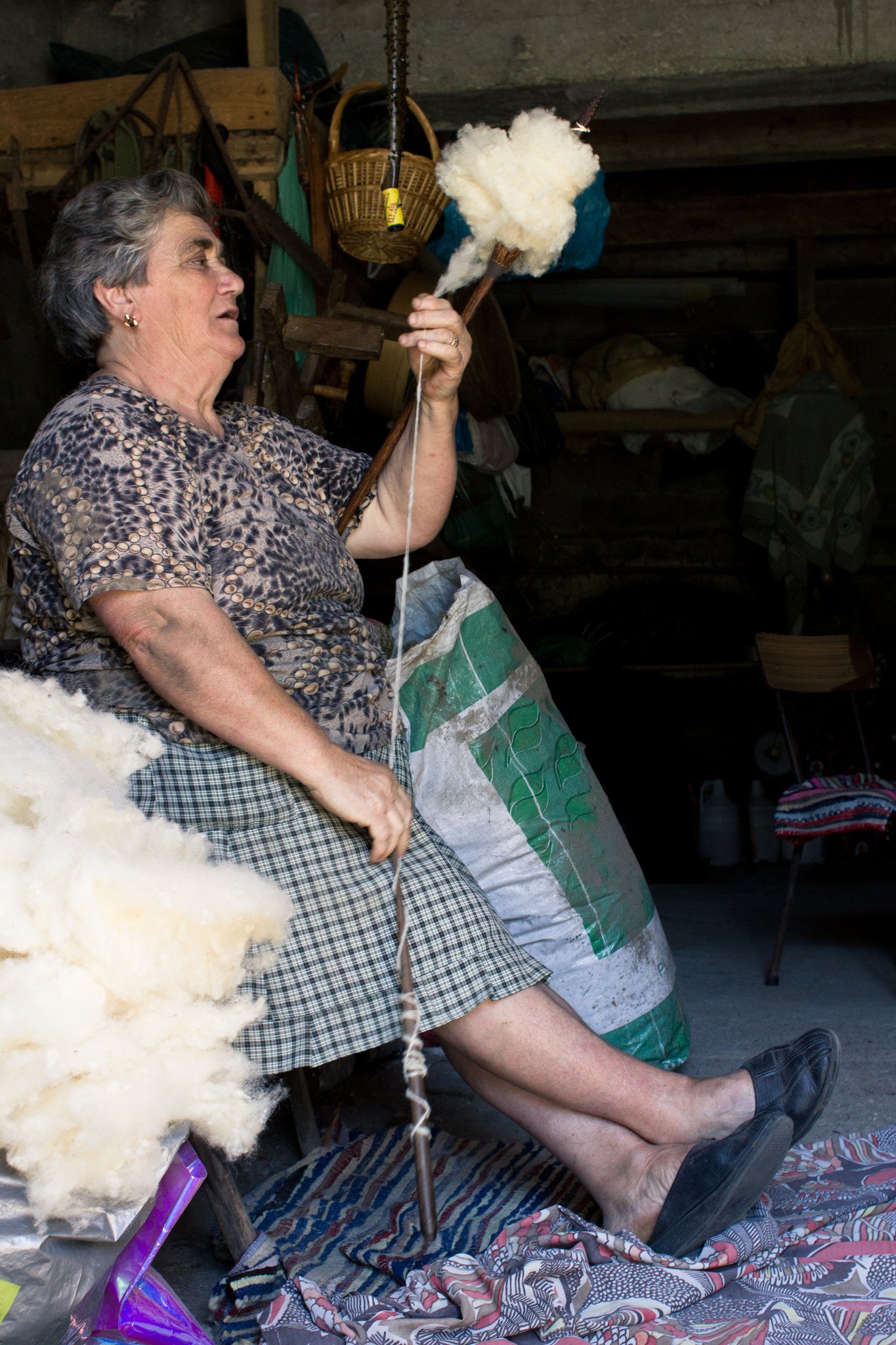
The line that ties the world together
"It is a mesmerizing art, the spindle revolving below the strong thread that the fingers twist out of the mass of fiber held on an arm or a distaff. The gesture turns the cloudy mass of fiber into lines with which the world can be tied together. "
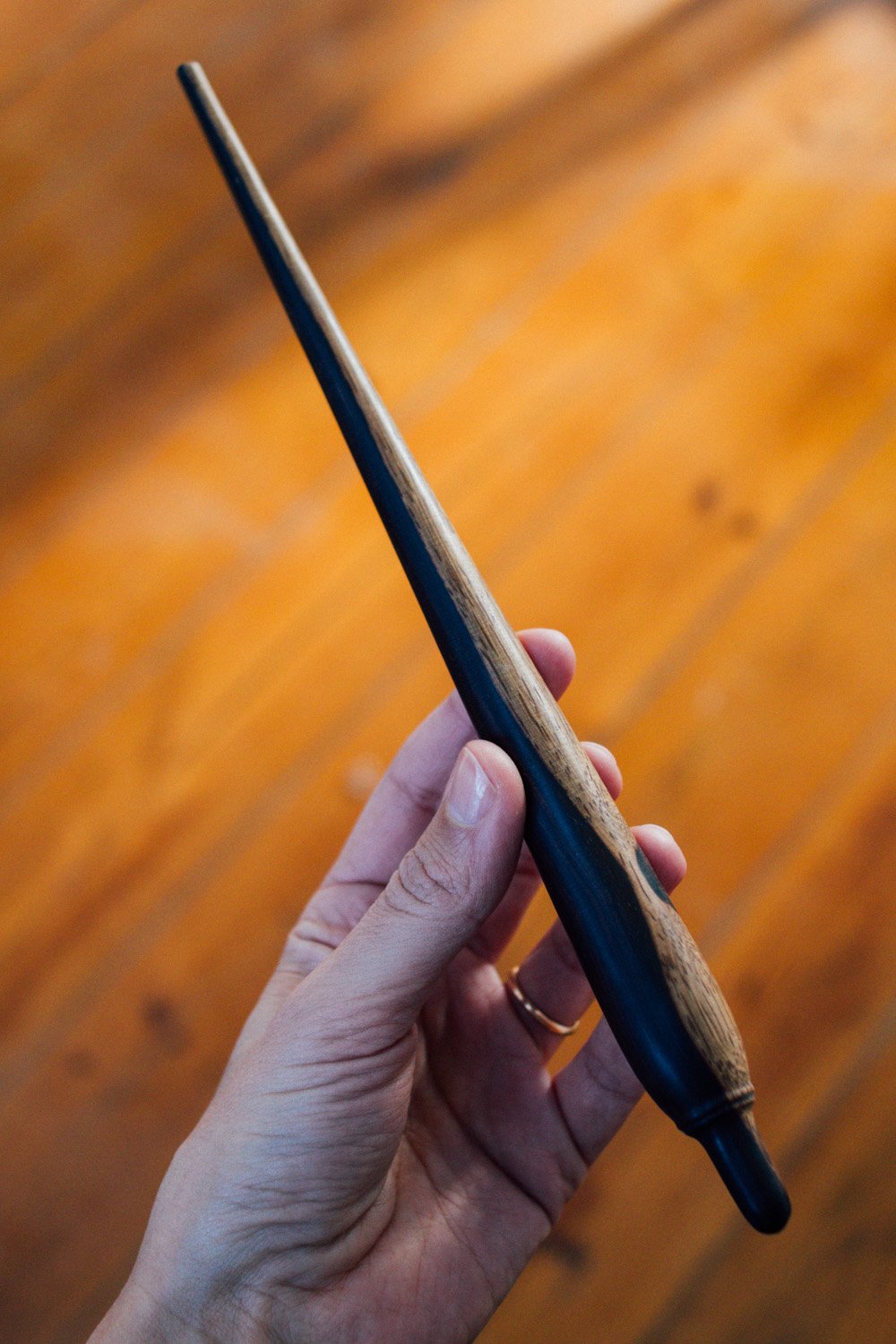

Learn how to weave, dye, felt and work with Portuguese wool
The October workshops start on October 15 and will take place over three weekends, teaching how to weave, dye, felt and work wool from raw fleece to yarn, at Quinta de Serralves.


In search of the lost scutcher
By the end of June, there I went, all the way up Minho, hoping to find one of those mechanic scutchers still in working condition.

Plying with a portuguese spindle
Surprisingly for me, most of my Portuguese Spindles have been traveling to the other side of the Atlantic. I guess it should be no wonder for two reasons: first, fiber culture out there is much more developed and intense than in our country, and second, I know that this spindle is quite unusual, so it should spark some curiosity in the community.

The Flax Engineer
When I went to the BPGV to pick up the Galego Flax seeds, and explained Eng. Ana Maria Barata what we intended to do and explore through this idea of growing and processing our own fibre in Serralves, she told me about this colleague of hers that worked at the seed bank years ago: at some point, he had worked in a project related to flax and had developed some equipment that we might find interesting.

Portuguese spindles - better than ever!
The new batch of portuguese spindles came out even better than the previous one.

How many tools can you use to make a groove
If you're an experienced enough spinner, you can spin fiber with anything, even a rock. That's why my pickiness with spindles, weight, shape and material can be completely subjective.

Fátima Gomes, Weaver
Fátima Gomes's rugs have stayed in my memory since I first saw and touched them last August. There's a rustic side to them that respects the natural beauty of the wool and, at the same time, manages to be incredibly sophisticated in its simplicity.

Preparing the flax for spinning
D.Maria shows us how to prepare the linen to be spun with a distaff and spindle.

Learning to spin flax
With D.Maria orientating me, I spinned linen for the first time.
She combed the fibers for me, and after teaching me how to put it on the distaff correctly, it wasn’t too difficult to spin.

Spinning wool with D.Benta
On one of my trips to Salto, with the purpose of visiting the Pisão de Tabuadela (The Tabuadela Wool Stomping Facilities), where the last burel blankets made by the Women of Bucos were felted, I had the chance of meeting D. Benta.

Women of Bucos
At the Casa da Lã (house of wool), the wool is still transformed through artisanal processes by a group of women that gets together every thursday to work and talk – the Women of Bucos.

The Silk Cycle
While it wasn’t the only place to produce silk in past times, right now, Freixo de Espada à Cinta has the only Crafts Centre in our country that still develops the cycle of silk in its entirety.

Casa do Trabalho do Nordeste
As time went by, wool has become my favourite material to work with. Although I don’t use it in all its varieties (I don’t knit, for example), I have come to discover many of its possibilities, qualities and beauty.

